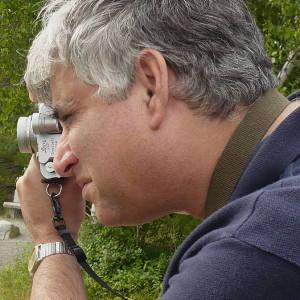Kataba. Lumix M4/3 14mm
The next stage of repurposing the harpsichord case - for the background, see here -, is to remove the two major structures which determine and maintain the instrument's width. These are the wrest plank, a three-inch- thick plank of hard maple into which the tuning pins are set, and the belly rail, which supports the sound board at its widest point across the instrument. Both of these structures were installed using joinery - no metal fasteners need apply - which would allow the harpsichord to survive intact, literally for hundreds of years. Their removal needs surgical precision so as not to damage any other parts of the case. The Kataba, used by Japanese carpenters for cutting the joints on huge wooden construction beams, is just the thing. Japanese saws differ from their Western counterparts in that they are designed to cut on the pull stroke, so the blade is not trying to bend on itself during the power stroke. Consequently, the metal can be thinner, and the saw lighter. In addition, this Kataba is meant for ripping - cutting wood along its grain; the teeth are bigger with a deeper gullet between each to clear sawdust quickly from the cut. Getting a saw cut started is always the most difficult part; the saw wants to go its own way before the kerf is established. To overcome this tendency, the Kataba has the teeth slightly smaller and finer up towards the handle, and courser and deeper at the end of the 12-inch-long blade, where the hard cutting work will happen. Ingenious - and logical.

Comments
Sign in or get an account to comment.


